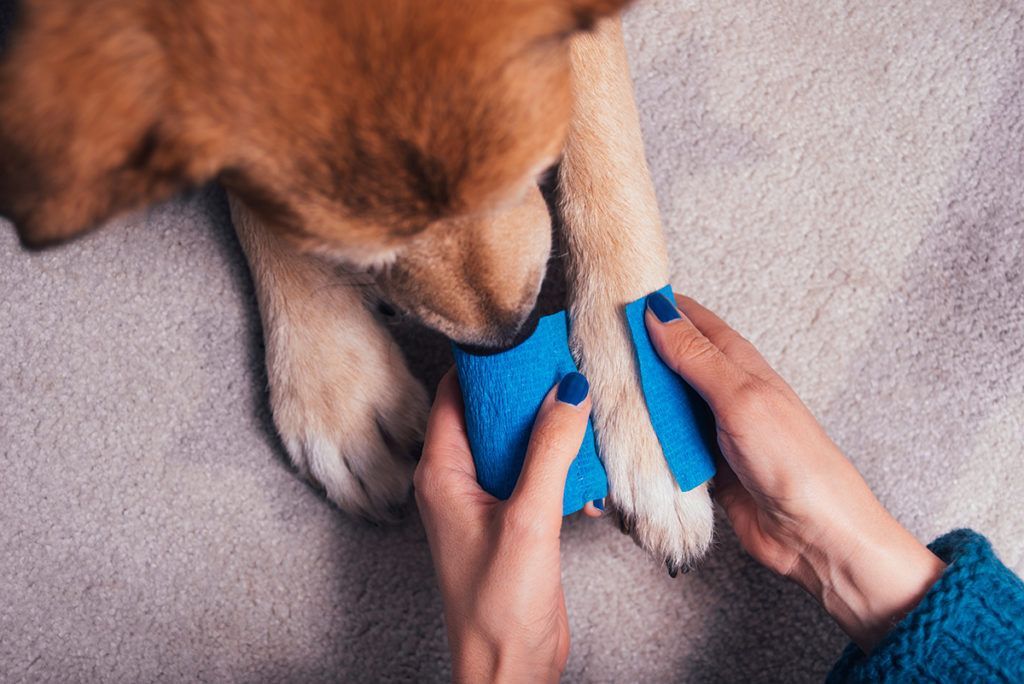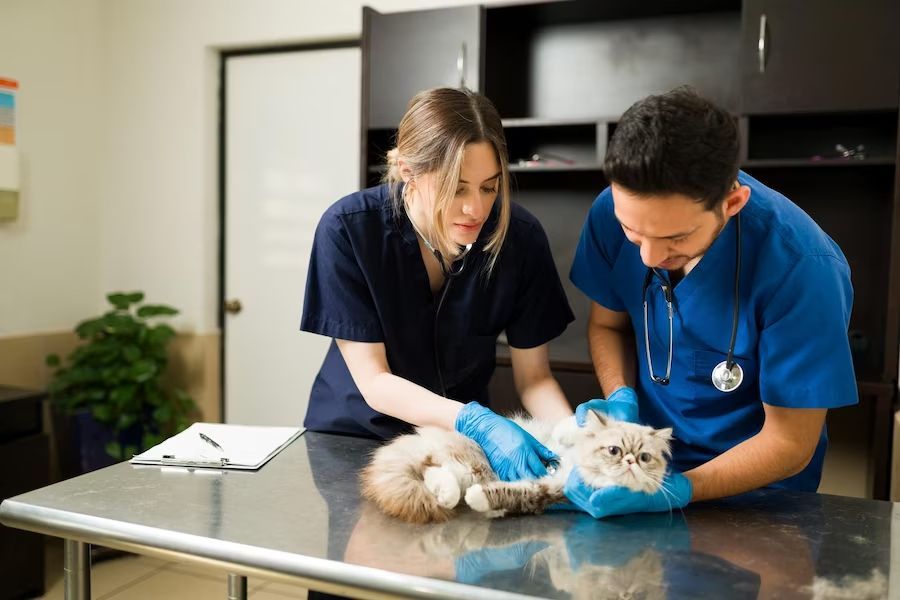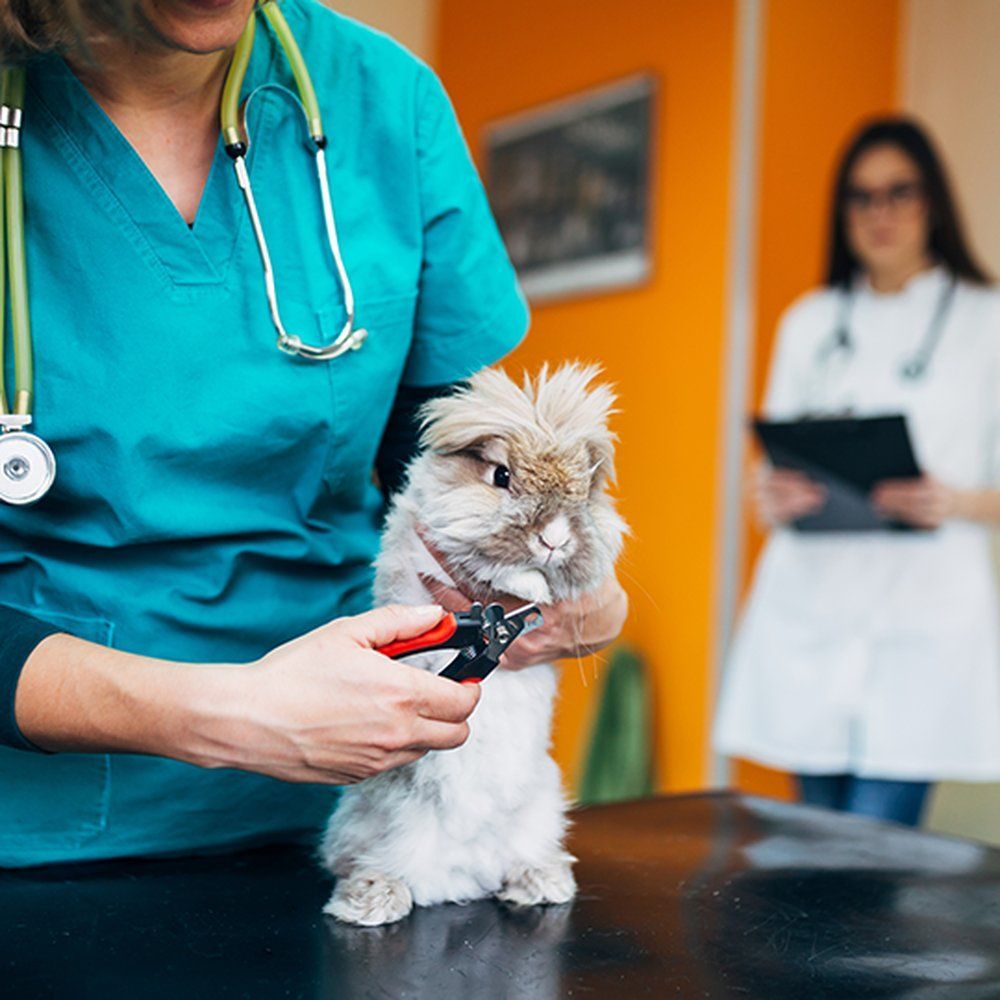Hamster Preventative Care

Preparing for and taking care of your hamster requires a few, easy-to-do steps.
A hamster is a nocturnal rodent and an entertaining pet. These creatures are smart and can be taught tricks such as retrieving small objects, and they do not take up much space. Best for those looking for a small, furry companion that does not need too much social interaction, a hamster can live up to 2-3 years. During its little life, hamsters require specific care. Below are the ways you can give your hamster the best life possible.
Climate
Once you purchase a proper wire cage, make sure to keep your hamster in a comfortable indoor climate. 65° to 75° Fahrenheit is a good range for hamsters to thrive. Keep its cage out of direct sunlight and away from cold drafts.
Clean Cage and Water
Next, supply fresh bedding and fresh water in the cage. For bedding, avoid wood shavings and any material coated with chemicals, such as newspaper shreddings. Use plant-based or cellulose fibers instead. Several brands of expert-approved hamster bedding can be found online. You will want to change the hamster’s bedding once a day.
Water should be available at all times through a sipper tube bottle, which should be cleaned once a day to avoid bacteria.
Healthy Diet
As for diet, hamsters do well on quality rodent food or hamster food, which typically contain dried fruits, vegetables, and seeds. A hamster can benefit from fresh vegetables and some fruits as well. Carrots, broccoli, cauliflower, tomatoes (without the green stem), peas, and sprouts are treats your hamster will enjoy, while garlic, onions, lettuce, raw potatoes, chives, and leeks will prove toxic. Apple and pear slices are also acceptable snacks but avoid all citrus fruits. Before you feed your hamster anything out of the ordinary, look it up first if it’s safe for your pet to eat.
Handling & Supervision
While it’s not impossible for households with small children to have a resident hamster, it is not the best. Children may be disappointed that they cannot play with the hamster during the day since it is sleeping, and the undeveloped motor skills of children make handling ill-advised. A small child is also heavy enough to accidentally crush a hamster, so supervision is crucial.
When handling, let the hamster know of your presence so you do not scare it or get bitten, and handle gently and firmly. When cleaning the cage, place the hamster in a contained space so it does not wander away, hide somewhere unreachable, chew on electric cords, or get injured.
Look Out for Illness
Hamsters are sensitive creatures that require thoroughly sanitary conditions. They are most prone to a disease called “Wet-tail,” an infection of the gut, which can be fatal. Signs of illness include lethargy, loss of appetite, scruffy coats, hunched over position, diarrhea, and abnormal gait.
Check-ups at the Vet
Keep your hamster well-checked by taking it for an annual check-up at the vet . Your vet can check your hamster’s teeth as well as overall health, and answer any hamster preventative care questions you may have.
Trust the Care of Your Pet to the Professionals at 24/7 Local Veterinarian!
At 24/7 Local Veterinarian, our veterinary professionals strive to provide your pet with the very best of veterinary care. We believe that the best care for your pet should be provided by experienced, compassionate, and knowledgeable veterinary professionals. With two Maryland locations in both Baltimore and Pasadena, we are always ready to welcome your pet as a new patient! Give us a call today at (833) 220-1880! For more information, as well as updates on veterinary news and topics, visit us on Facebook , Twitter , LinkedIn, or Pinterest!
Contact with your local vet for the best advise
Resource Center









